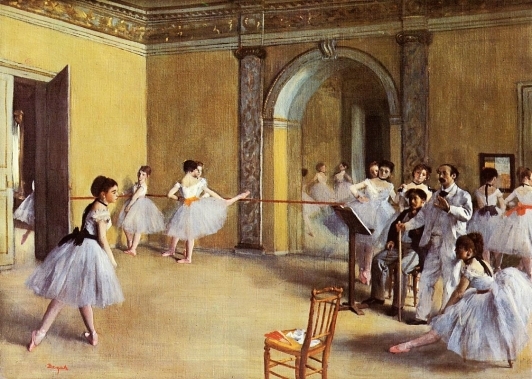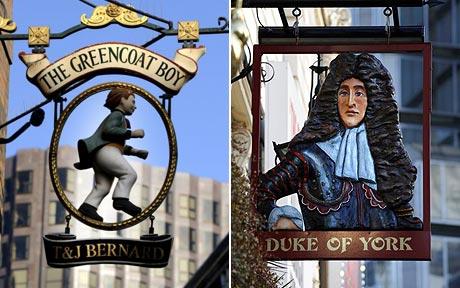Impressionism was a 19th century art movement, which began as a loose association of Paris-based artists who began publicly exhibiting their art in the 1860s. The name of the movement is derived from Claude Monet’s Impression, Sunrise (Impression, soleil levant). Critic Louis Leroy inadvertently coined the term in a satiric review published in Le Charivari.
The influence of Impressionist thought spread beyond the art world, leading to Impressionist music and Impressionist literature.
Characteristic of impressionist painting are visible brushstrokes, light colours, open composition, emphasis on light in its changing qualities often accentuating the effects of the passage of time, ordinary subject matter, and unusual visual angles.
Impressionism also describes art done in this style, but outside of the late 19th century time period.
Impressionist paintings feature short, “broken” brush strokes of pure, un-tinted and unmixed pigments that give an appearance of spontaneity and vitality. The surfaces of the paintings are often textured with thick paint, a characteristic setting them apart from their predecessors in which smooth blending minimized the perception that one is looking at paint on canvas.
Compositions are simplified and innovative, and the emphasis is on overall effect rather than upon details.
Impressionist techniques:
- Short, thick strokes of paint in a sketchy way, allowing the painter to capture and emphasize the essence of the subject rather than its details.
- They left brush strokes on the canvas, adding a new dimension of familiarity with the personality of the artist for the viewer to enjoy.
- Colours with as little pigment mixing as possible, allowing the eye of the viewer to optically mix the colors as they looked at the canvas, and providing a vibrant experience for the viewer.
- Impressionists did not tint (mix with black) their colours in order to obtain darker pigments. Instead, when the artists needed darker shades, they mixed with complementary colours. (Black was used, but only as a colour in its own right.)
- They painted wet paint into the wet paint instead of waiting for successive applications to dry, producing softer edges and intermingling of color.
- Impressionist avoided the use of thin paints to create glazes which earlier artists built up carefully to produce effects. Rather, the impressionists put paint down thickly and did not rely upon layering.
- Impressionists discovered or emphasized aspects of the play of natural light, including an acute awareness of how colours reflect from object to object.
- In outdoor paintings, they boldly painted shadows with the blue of the sky as it reflected onto surfaces, giving a sense of freshness and openness that was not captured in painting previously. (Blue shadows on snow inspired the technique.)
- They worked “en plein air” (outdoors)
Previous artists occasionally used these techniques, but impressionists employed them constantly. Earlier examples are found in the works of Frans Hals, Peter Paul Rubens, John Constable, Theodore Rousseau, Gustave Courbet, Camille Corot, Eugene Boudin, and Eugène Delacroix.
Impressionists took advantage of the mid-century introduction of premixed paints in tubes (resembling modern toothpaste tubes) which allowed artists to work more spontaneously both outdoors and indoors. Previously, each painter made their own paints by grinding and mixing dry pigment powders with linseed oil.




















